Systems Thinking and Inventory Management at Woolworths
VerifiedAdded on 2022/11/25
|5
|888
|184
Project
AI Summary
This assignment analyzes the inventory management problems faced by Woolworths Australia using a systems thinking approach. The student investigates the issue of stock management, where the retail chain struggles to meet market demands due to poor inventory control, particularly after partnering with a new supplier. The assignment employs the CATWOE framework (Customers, Actors, Transformation process, World view, Owner, and Environmental constraints) to analyze the situation, identifying stakeholders, their perspectives, and the transformation needed to improve inventory management. The root definition of the problem is established, highlighting how inventory issues disrupt market needs, leading to customer dissatisfaction and potential financial losses. The assignment provides a rich picture and references supporting the analysis, demonstrating the application of systems thinking to a real-world business challenge. The goal is to provide a comprehensive assessment of how Systems Thinking can be applied to organizational problems.
1 out of 5
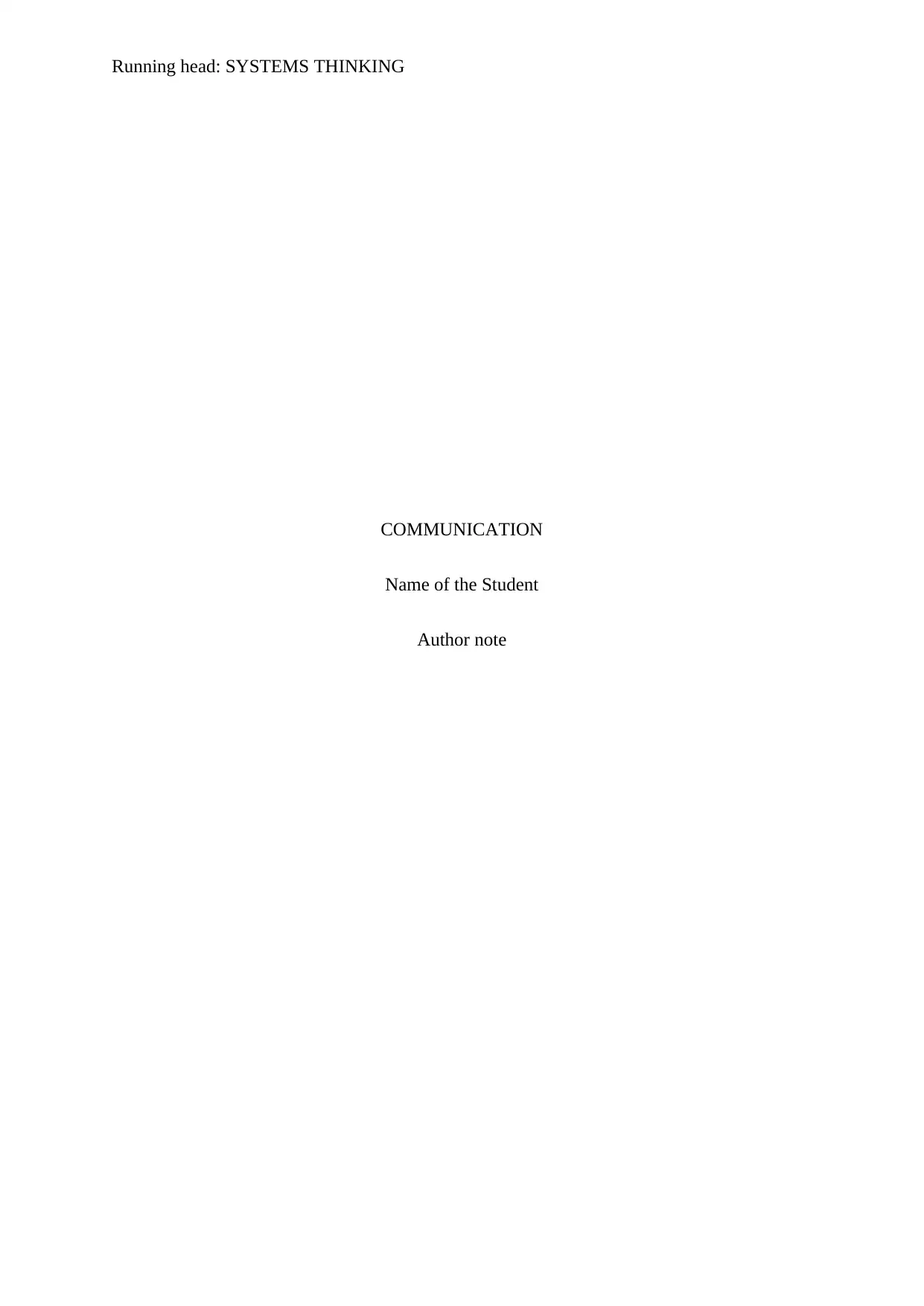
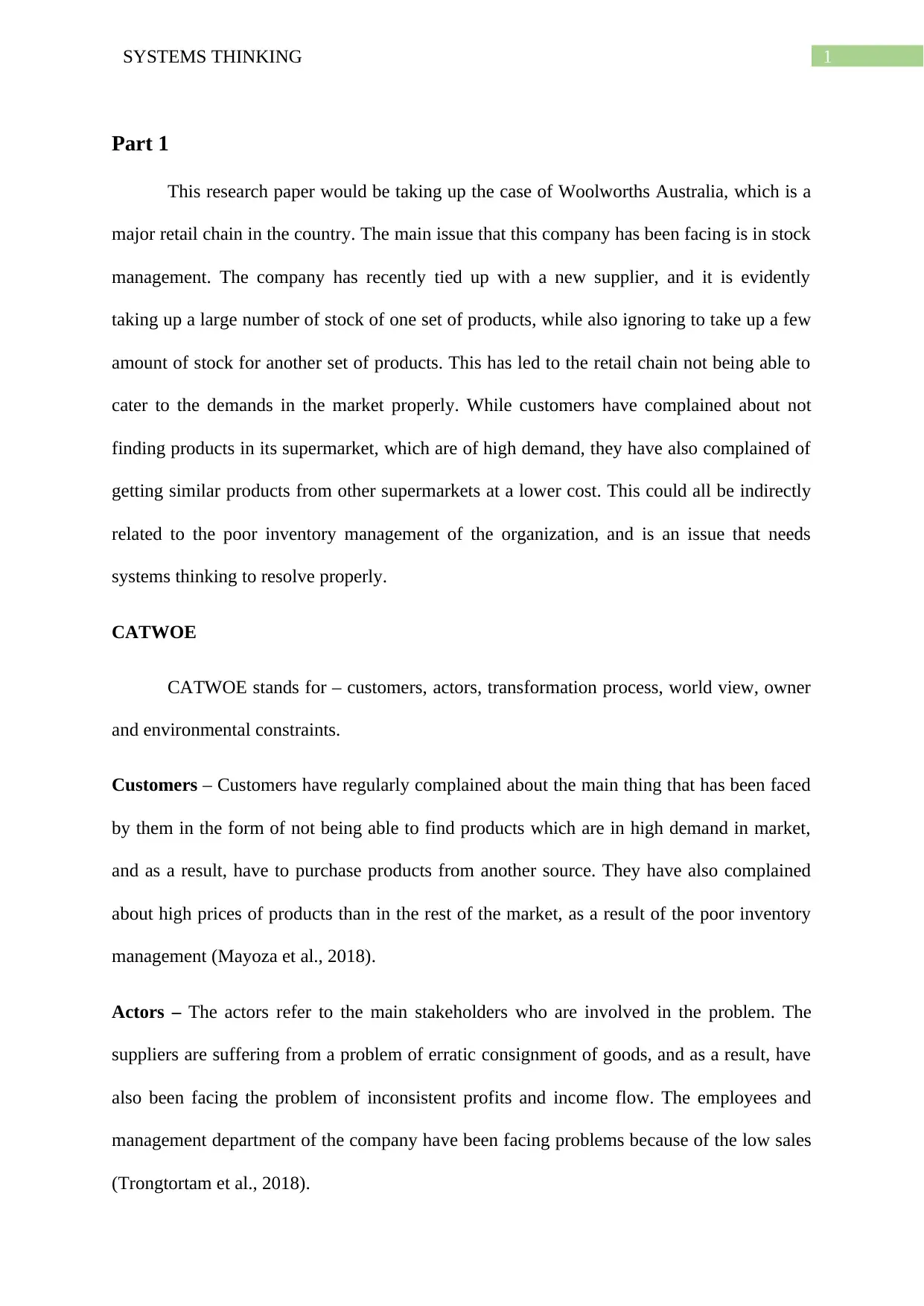
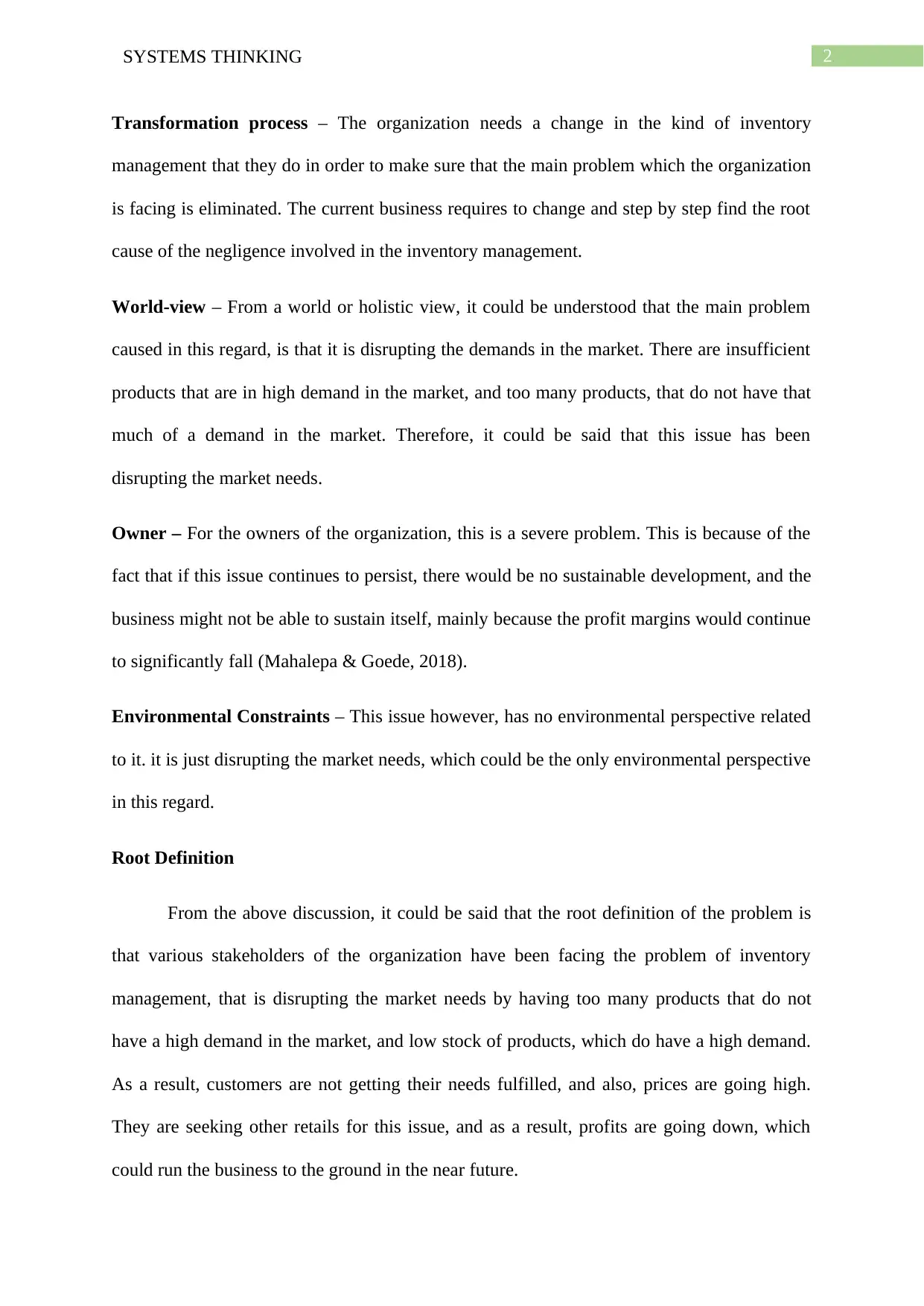

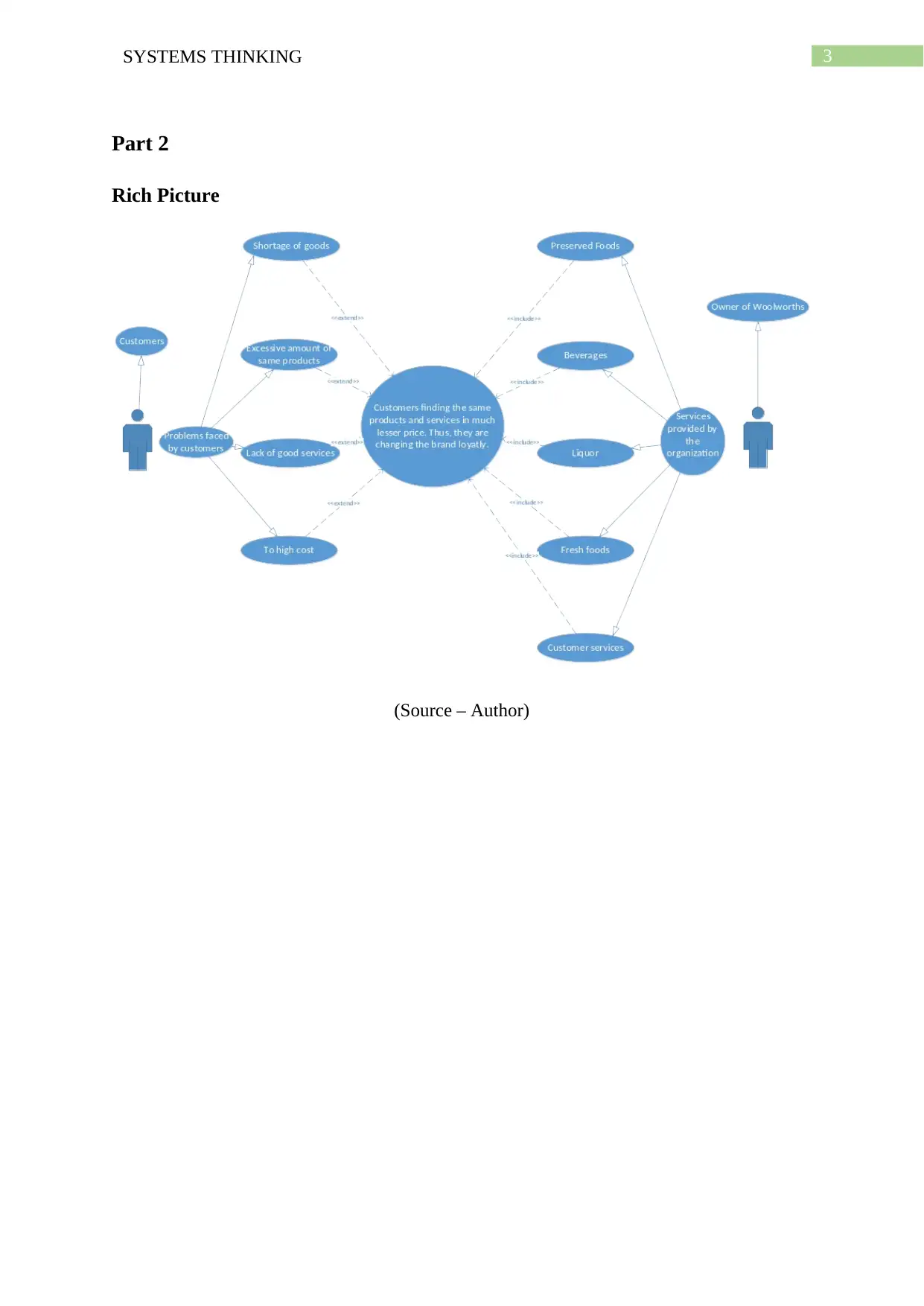
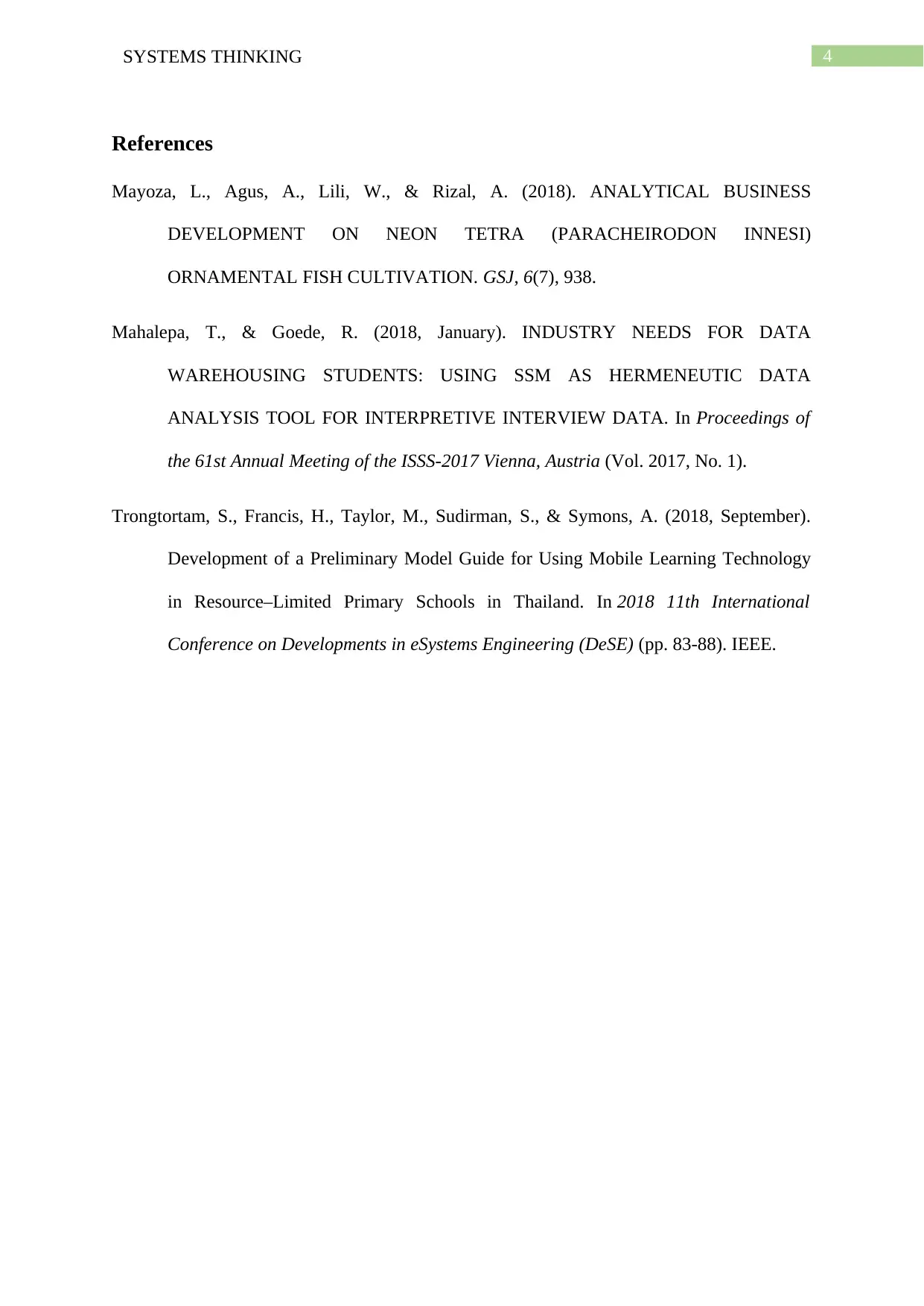




![[object Object]](/_next/static/media/star-bottom.7253800d.svg)